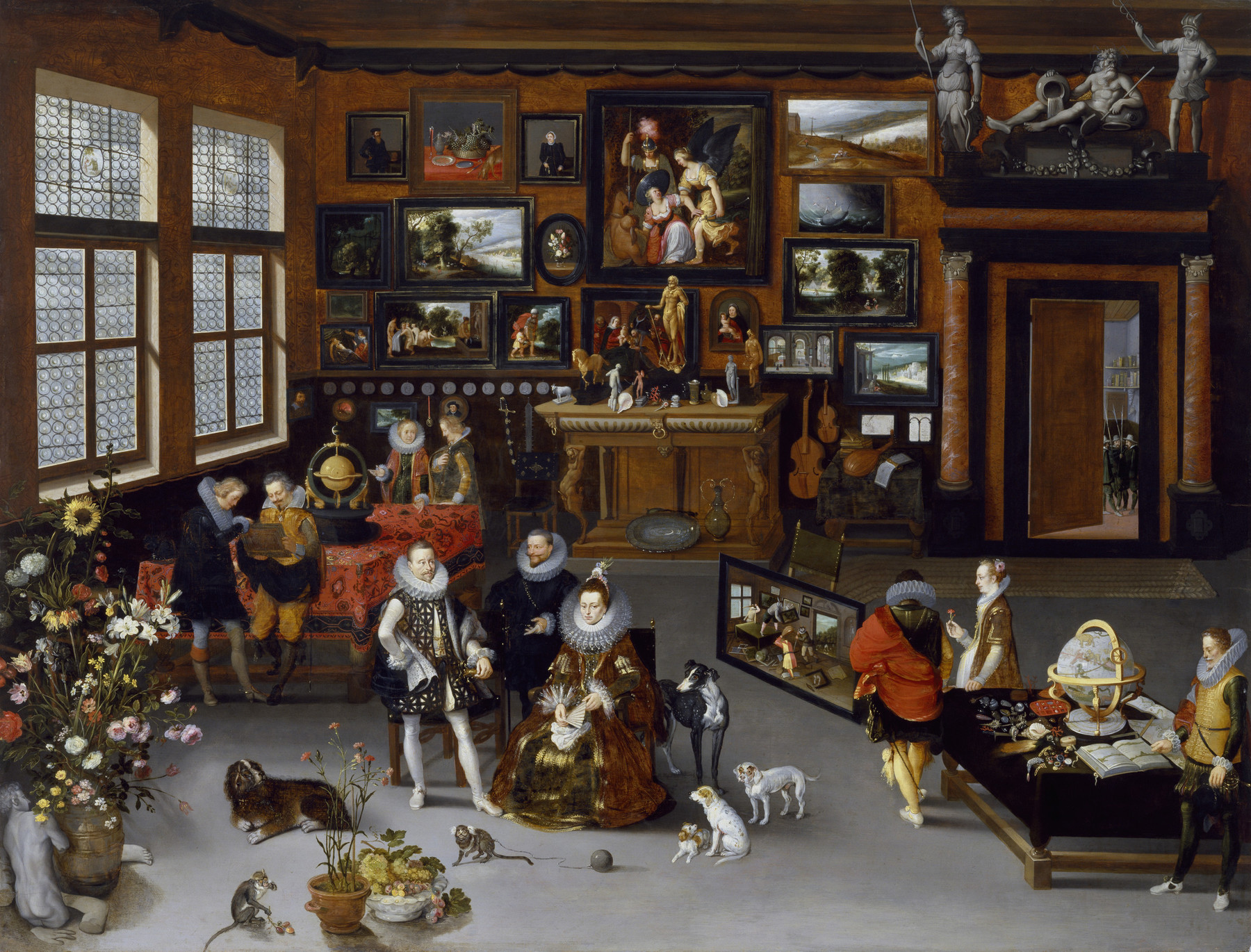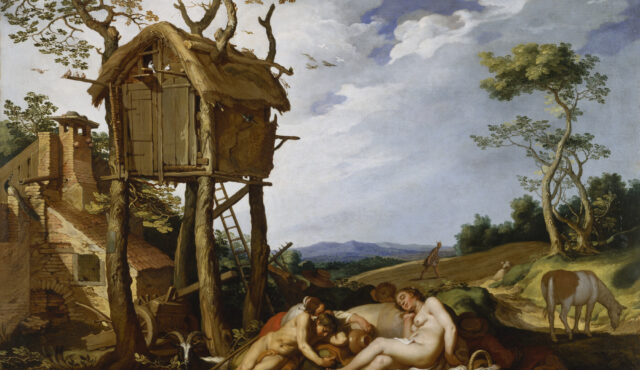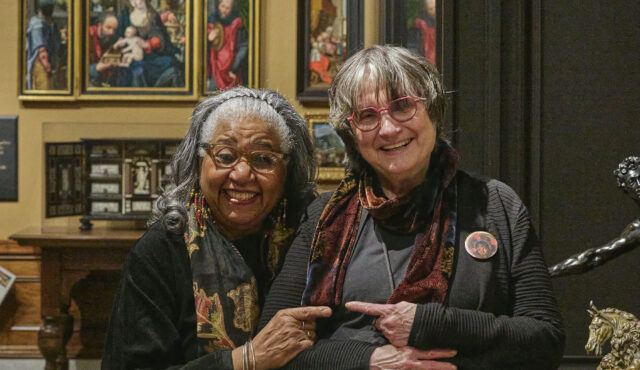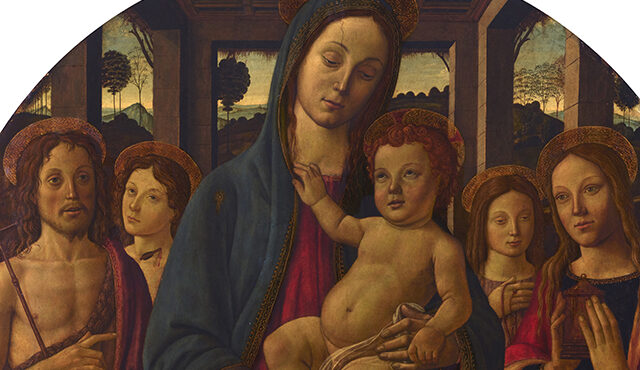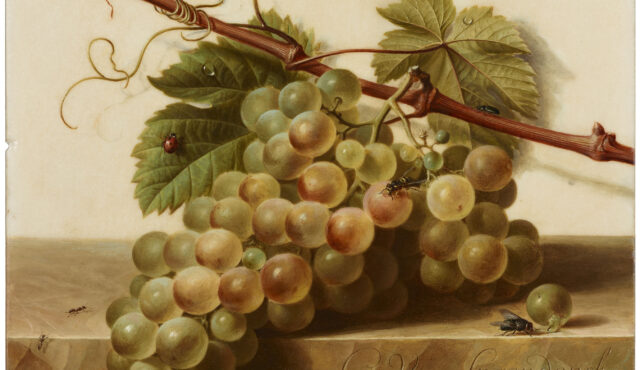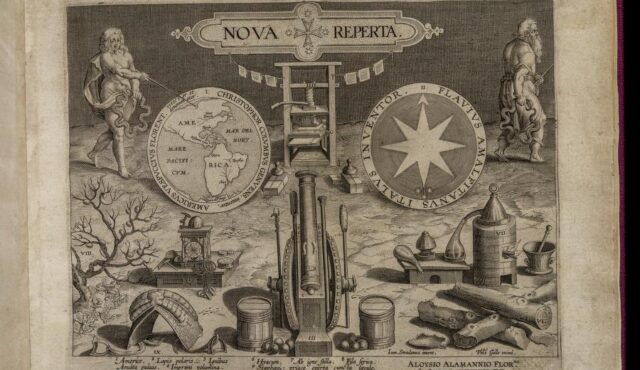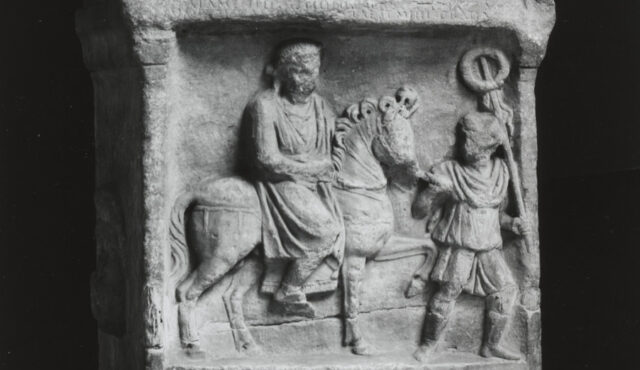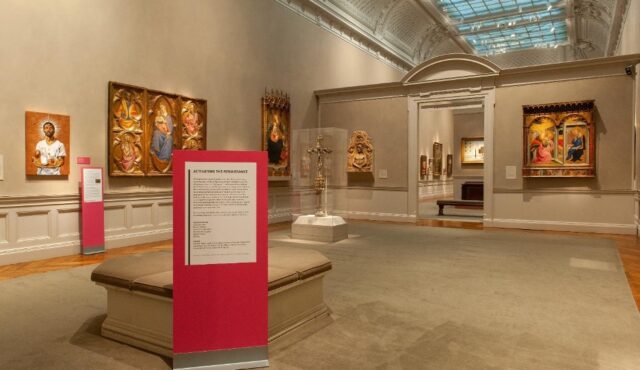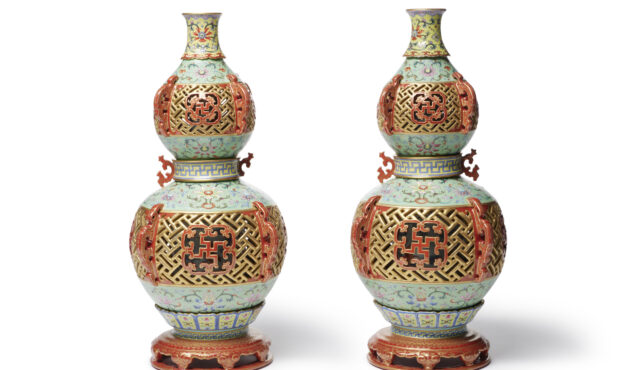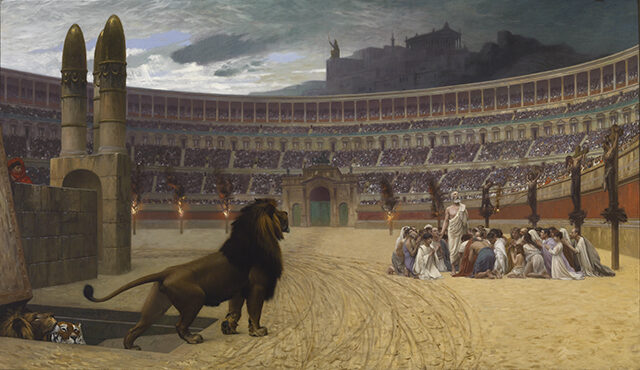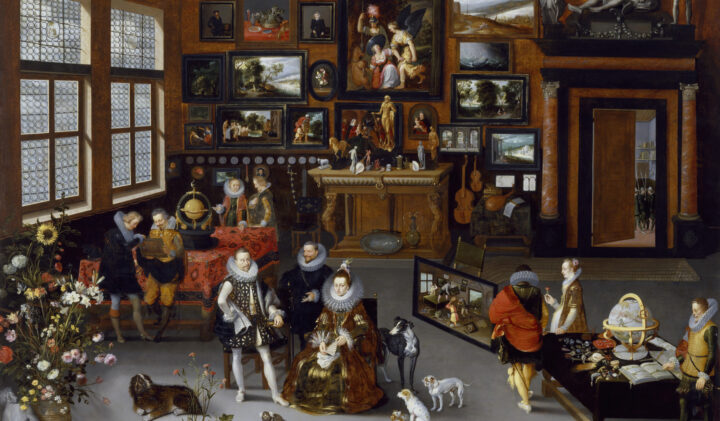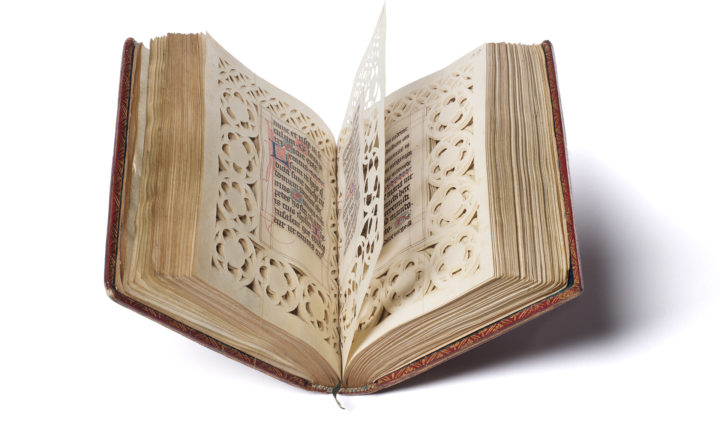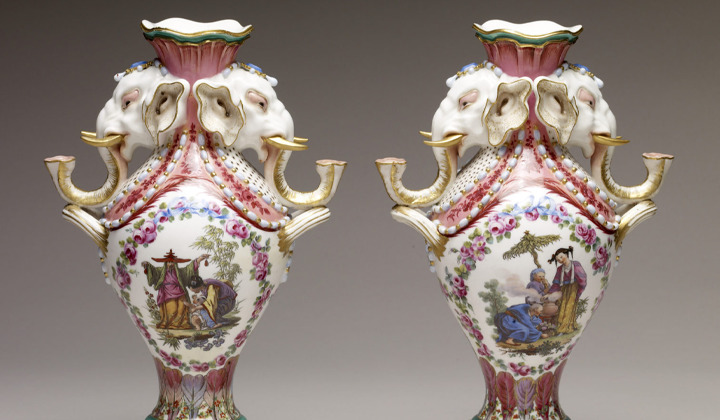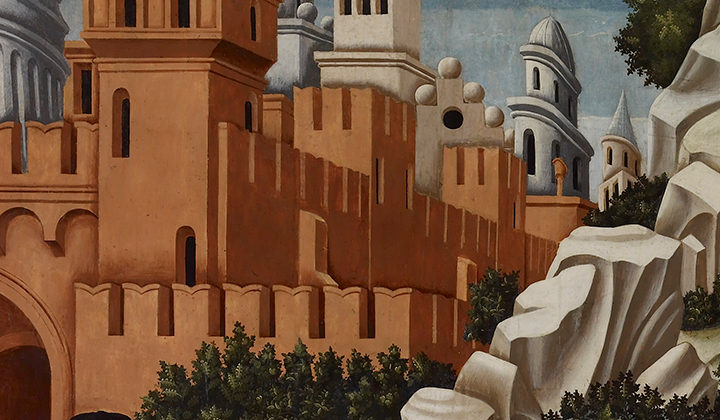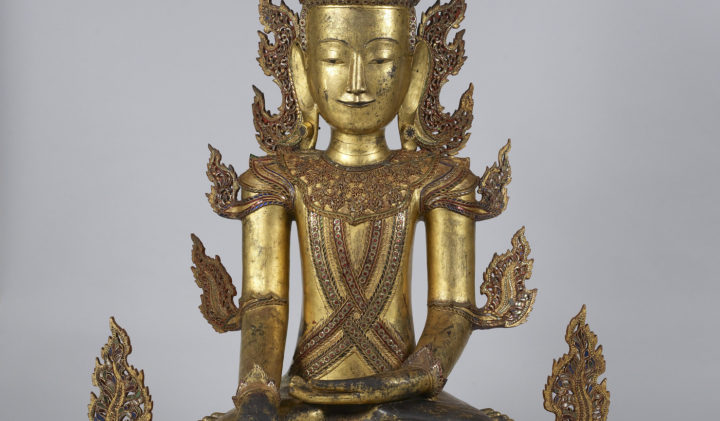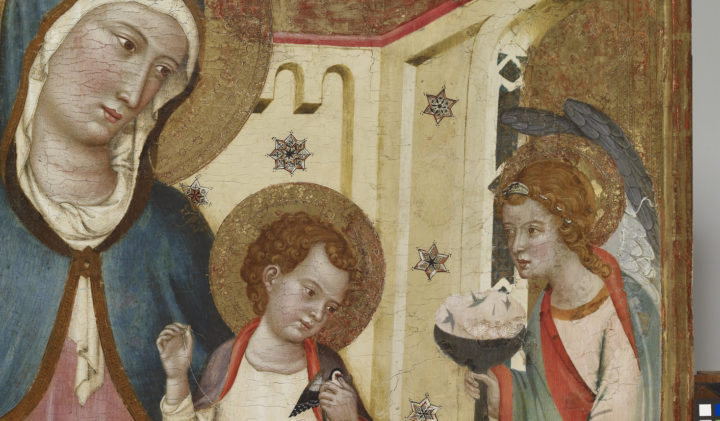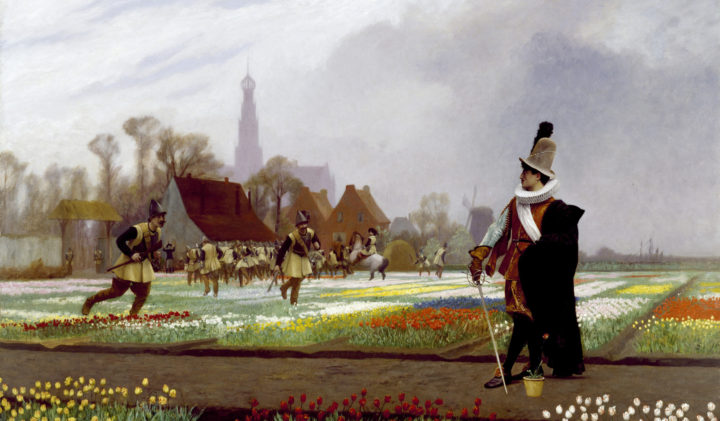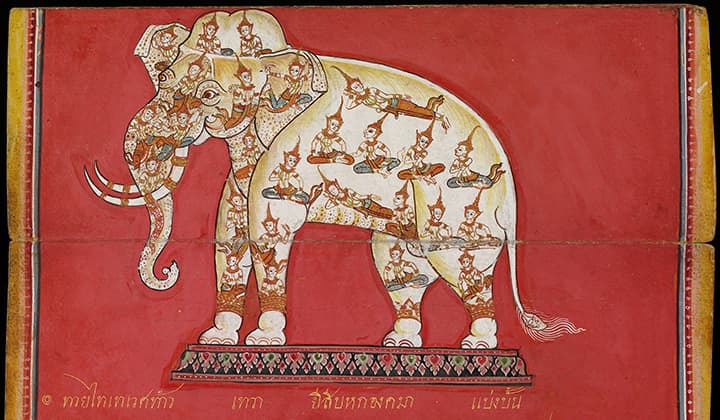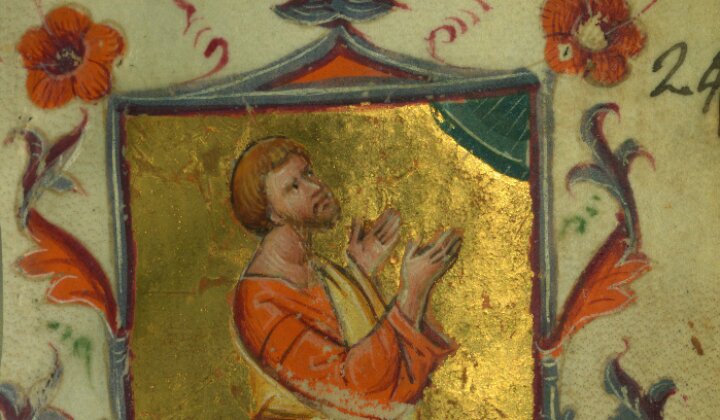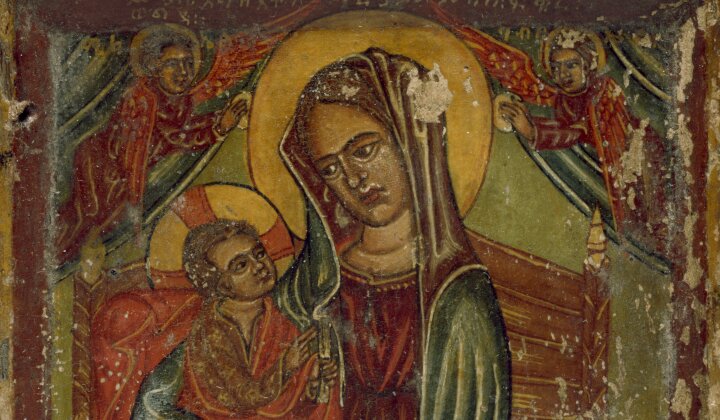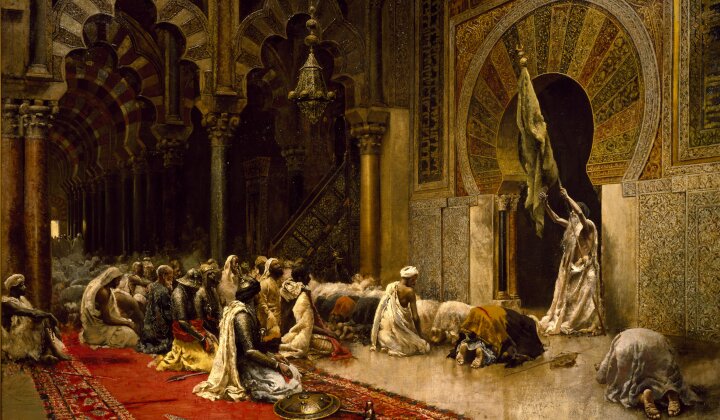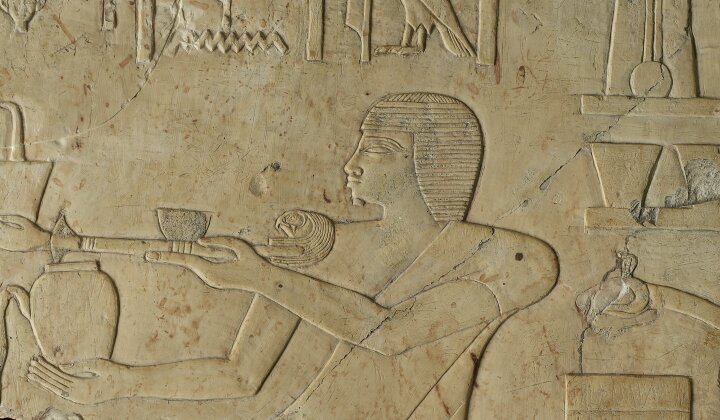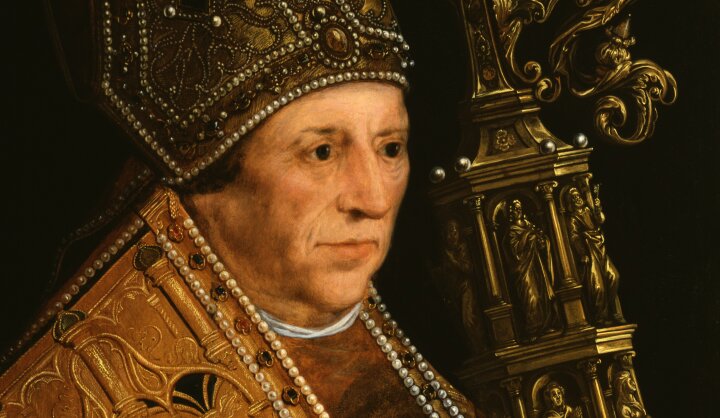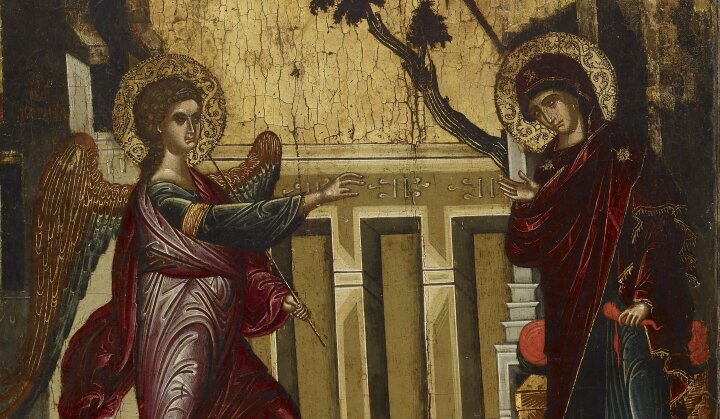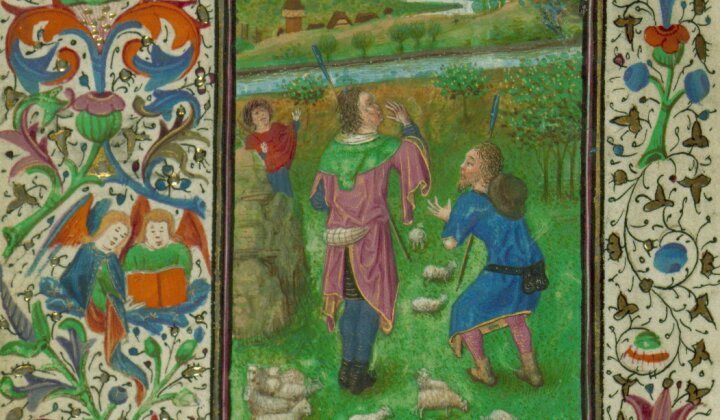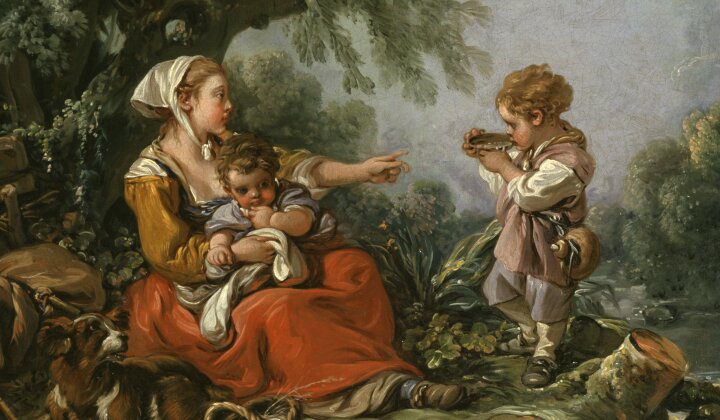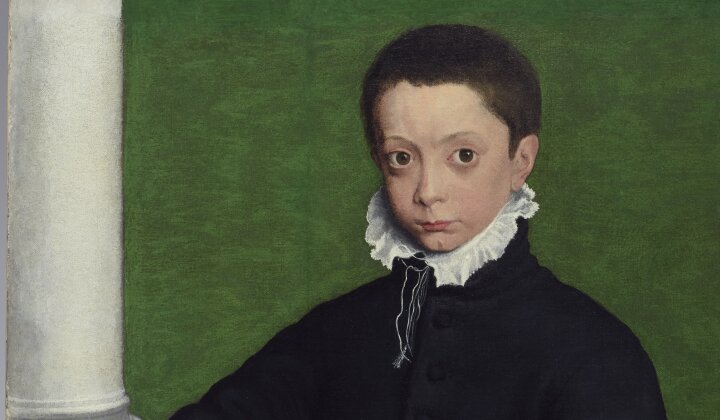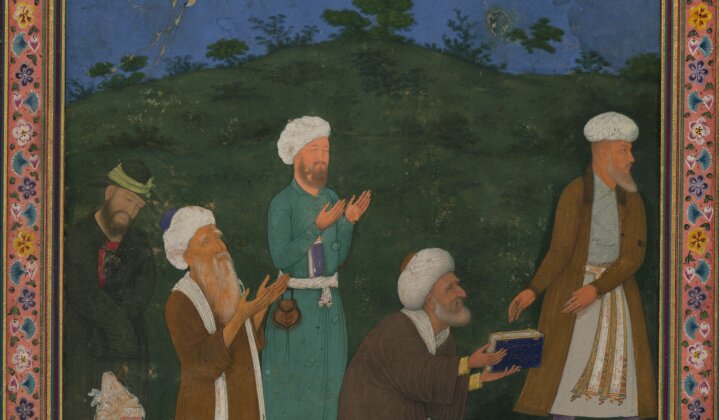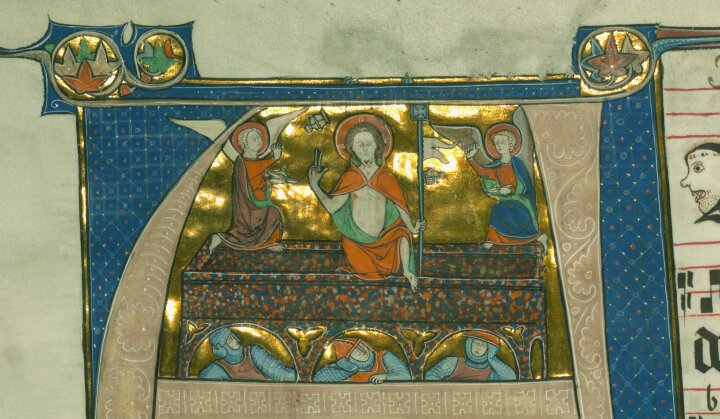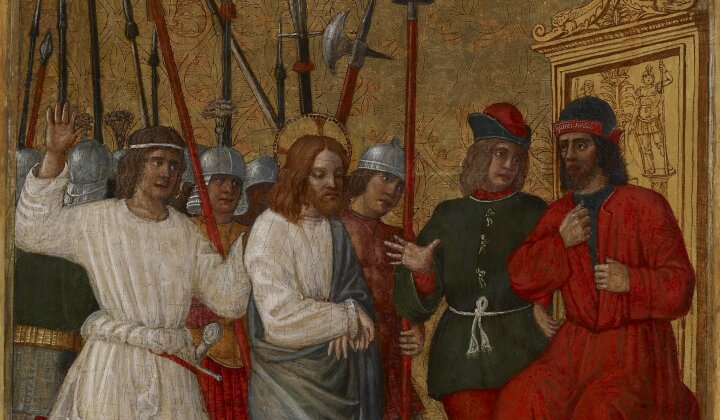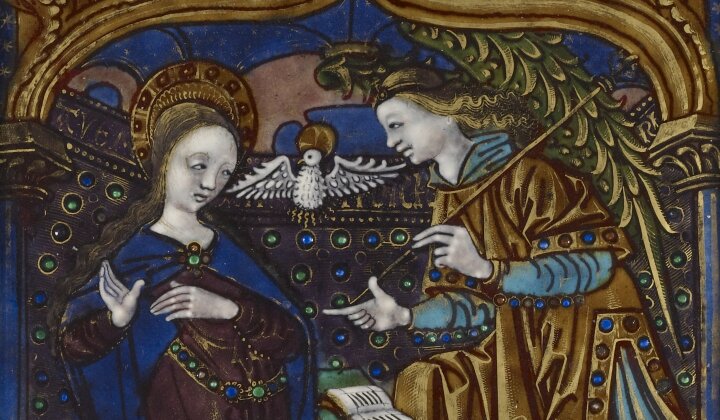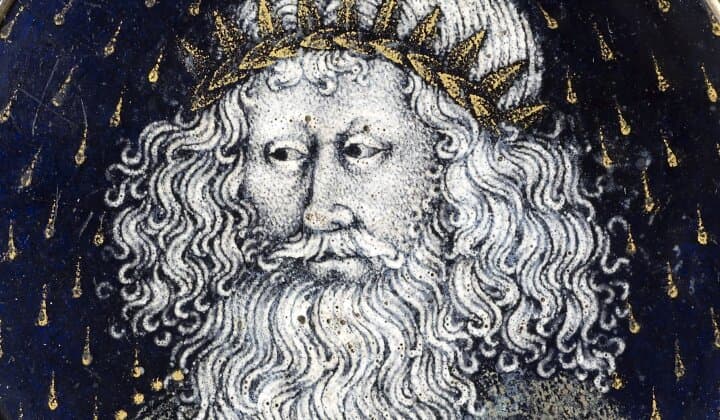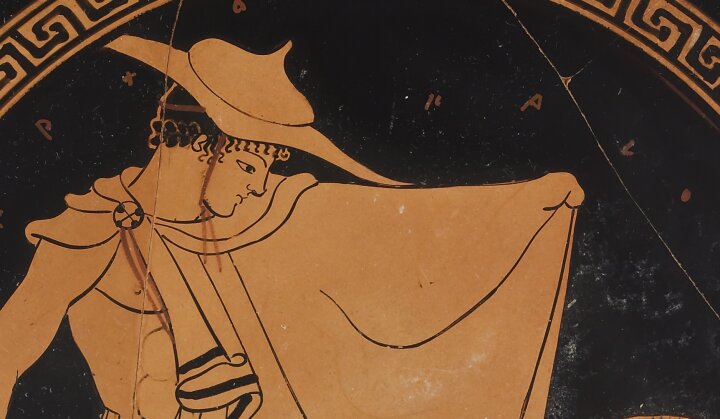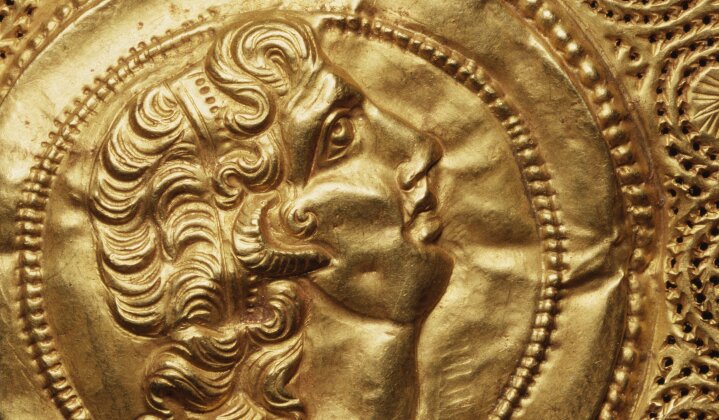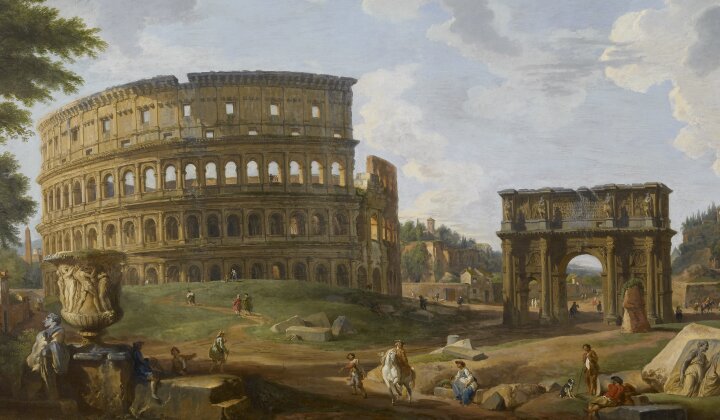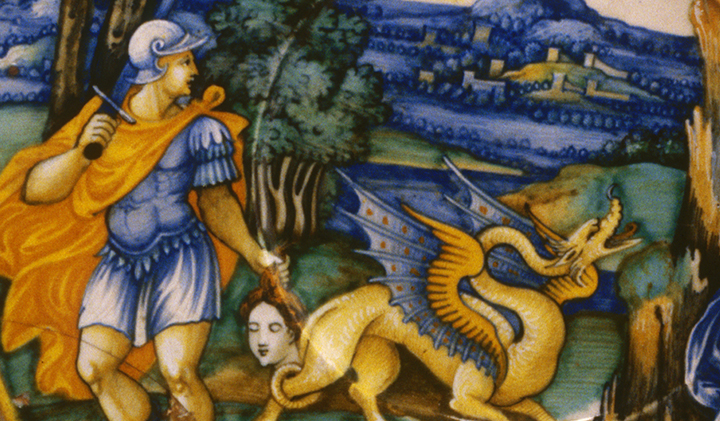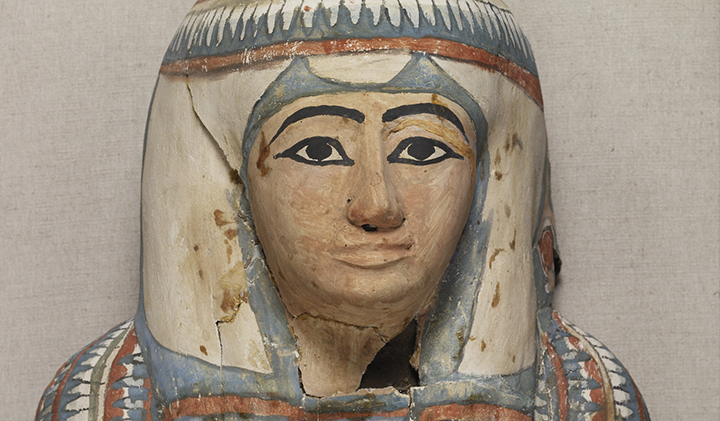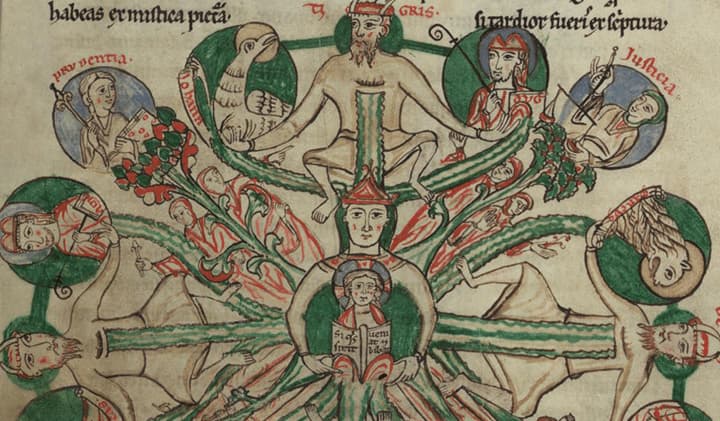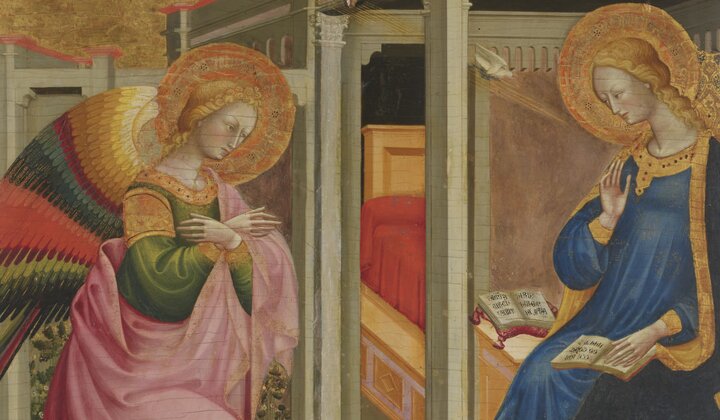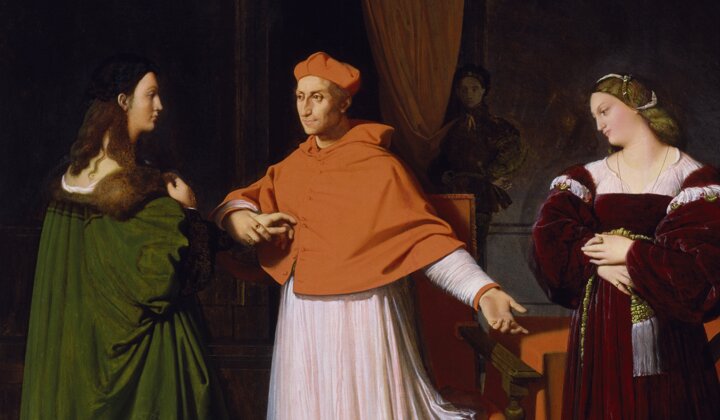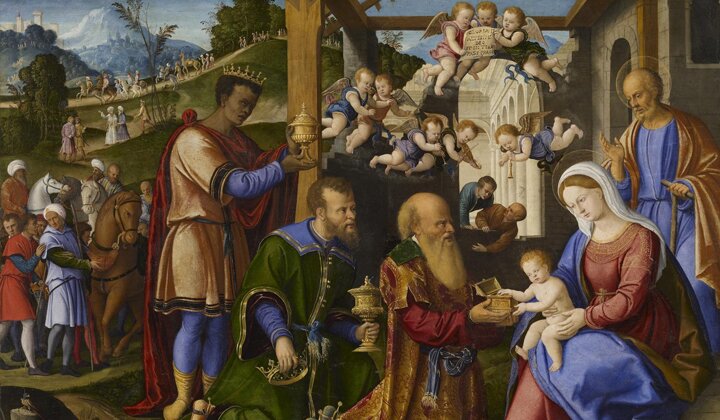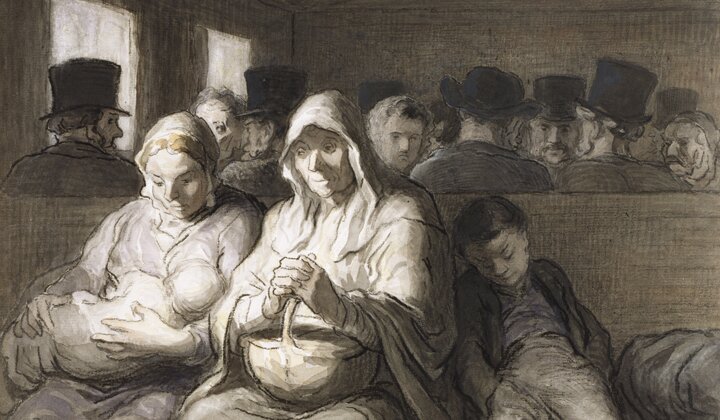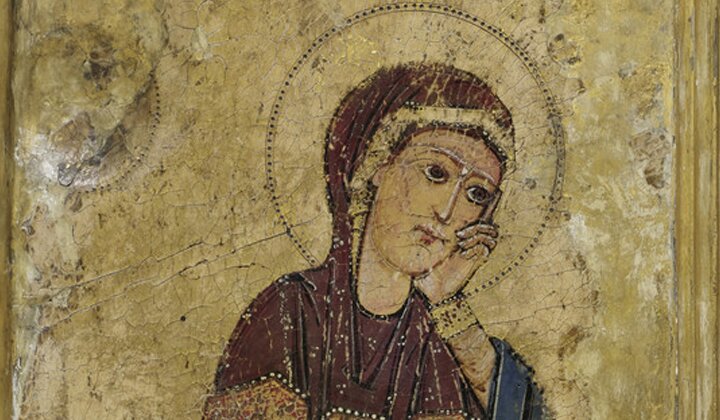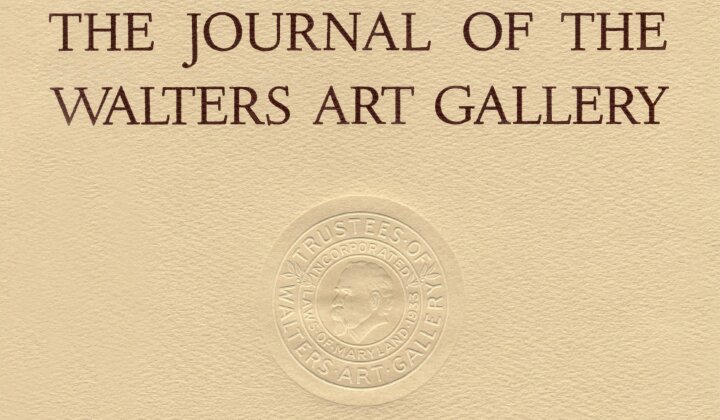A Wonder at the Walters: Essays in Honor of Joaneath Spicer
Joaneath Spicer once said she was born on the third floor of the Walters Art Museum. In point of fact, she first came to the museum just over thirty years ago as the James A. Murnaghan Curator of Renaissance and Baroque Art, and since that time has made an indelible mark on the institution. A prolific writer, lecturer, and mentor, Joaneath’s contributions as a scholar, curator, and colleague extend well beyond the walls of the museum and art history. Joaneath has expanded scholarship in Renaissance and Baroque art as well as brought the arts of antiquity, of the contemporary world, and even zoology and taxidermy firmly into conversation with the works she stewards. Yet, perhaps Joaneath has correctly ascribed the place of her “birth,” as the art, people, and spaces at the Walters Art Museum have directly contributed to who she is today (fig. 1). In celebration of her over thirty-year career at the Walters, this volume of the Journal of the Walters Art Museum is dedicated to Joaneath Spicer and her incredibly wide-ranging scholarly and curatorial interests.
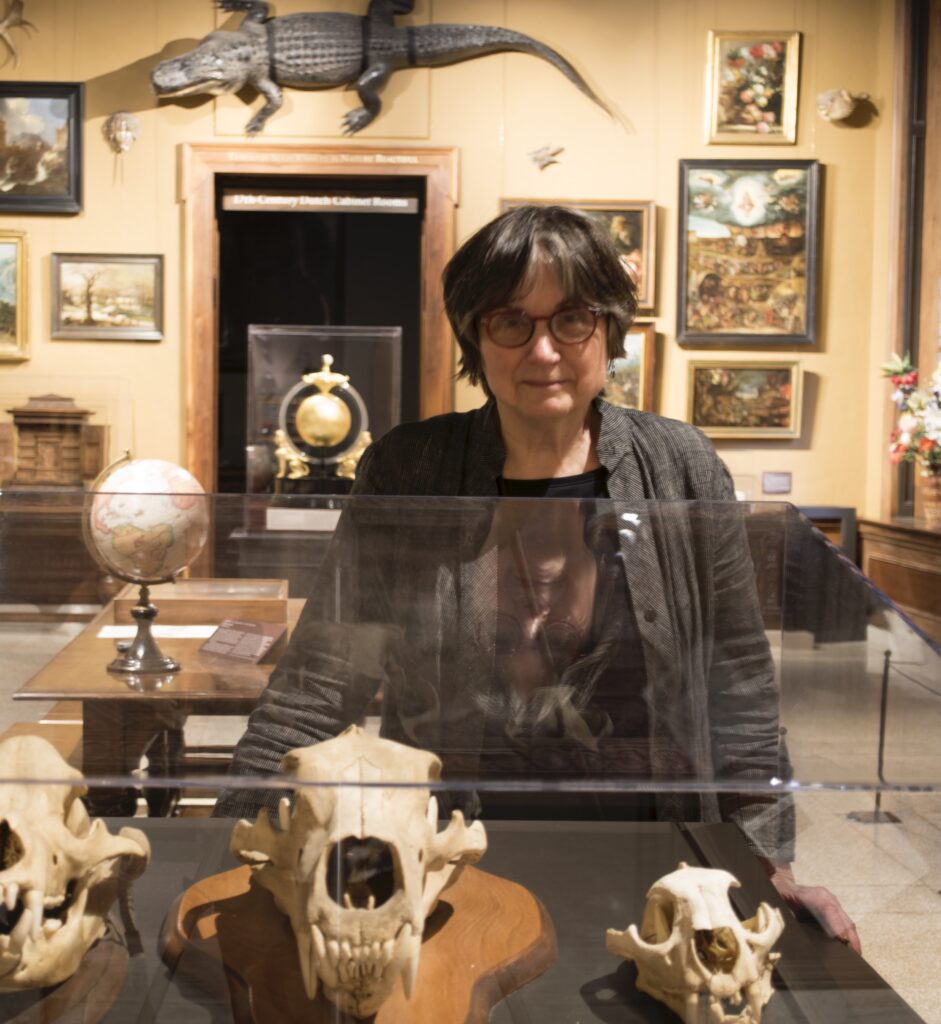
Joaneath in the Chamber of Wonders. Photo by Pam Betts
Joaneath began her scholarly career studying the drawings of Dutch artist Roelandt Savery (1576–1639),[1] a topic that has threaded throughout the tapestry of her scholarship. From her first article onward, she has focused not only on the artist, who worked for a time in the court of Rudolf II, but also on diverse early modern paintings and drawings, including making important artist attributions. Her first major exhibition, Masters of Light: Dutch Painters in Utrecht During the Golden Age (Fine Arts Museums of San Francisco, the Walters Art Museum, and the National Gallery, London, 1997–1998), highlighted her deep knowledge of Dutch painters. But as a true “Renaissance woman,” her scholarly and curatorial work has gone far beyond the realm of painting. More unusual and introspective offerings have included a breakdown of painted postures in “The Renaissance Elbow,”[2] a deeply personal discussion of femininity and authenticity through the lens of the restoration of damaged artworks in “Criteria for Breast Reconstruction Surgery,”[3] and an exhibition bringing together art and science, Touch and the Enjoyment of Sculpture: Exploring the Appeal of Renaissance Statuettes (2012), in collaboration with neuroscientist Dr. Steven Hsiao. An inflection point in Joaneath’s career was the reinstallation of the Renaissance and Baroque art at the Walters, which included the iconic Chamber of Wonders—the first such installation in a US museum. This project, as well as other temporary shows that she worked on, fed into her meditations on the nature of exhibitions.[4] Presciently, years before the Walters Art Museum shared in its 2015 Strategic Plan the desire to “situate itself more firmly in Baltimore—a diverse city that is majority African American,” Joaneath was publishing on representations of people of African descent in Renaissance Europe[5] and in the last several years has made magnificent strides toward diversifying who is represented in the collections she stewards at the Walters.[6] With a view to the present and future, Joaneath’s first exhibition at the Walters, Going for Baroque: 18 Contemporary Artists Fascinated with the Baroque and Rococo (1995), as well as her most recent, Activating the Renaissance (2022–2023), brought contemporary artists into dialogue with historic ones represented in the Walters collection, emphasizing the continuing influence and importance of the past on the present and future.
The essays included in this volume of the Journal of the Walters Art Museum speak to many of the aforementioned themes of Joaneath’s career. We begin with an introspective interview of Joaneath by Dr. Leslie King Hammond, Professor Emerita and founding Director of the Center of Race and Culture at the Maryland Institute College of Art (MICA). Dr. King-Hammond seeks to find out the experiences that have turned Joaneath’s focus to publications, projects, and purchases that have brought much needed attention to representations of Africans in Renaissance and Baroque art. Joaneath’s focus on bringing more diverse images to the galleries through acquisitions recently included securing a multi-year loan of a remarkable work in the collection of the Antwerp Rubenshuis, an oil painting by Jacob Jordaens, Moses and His Ethiopian Wife, ca. 1650 (fig. 2), which is currently installed in the 17th-Century Dutch Cabinet Rooms.
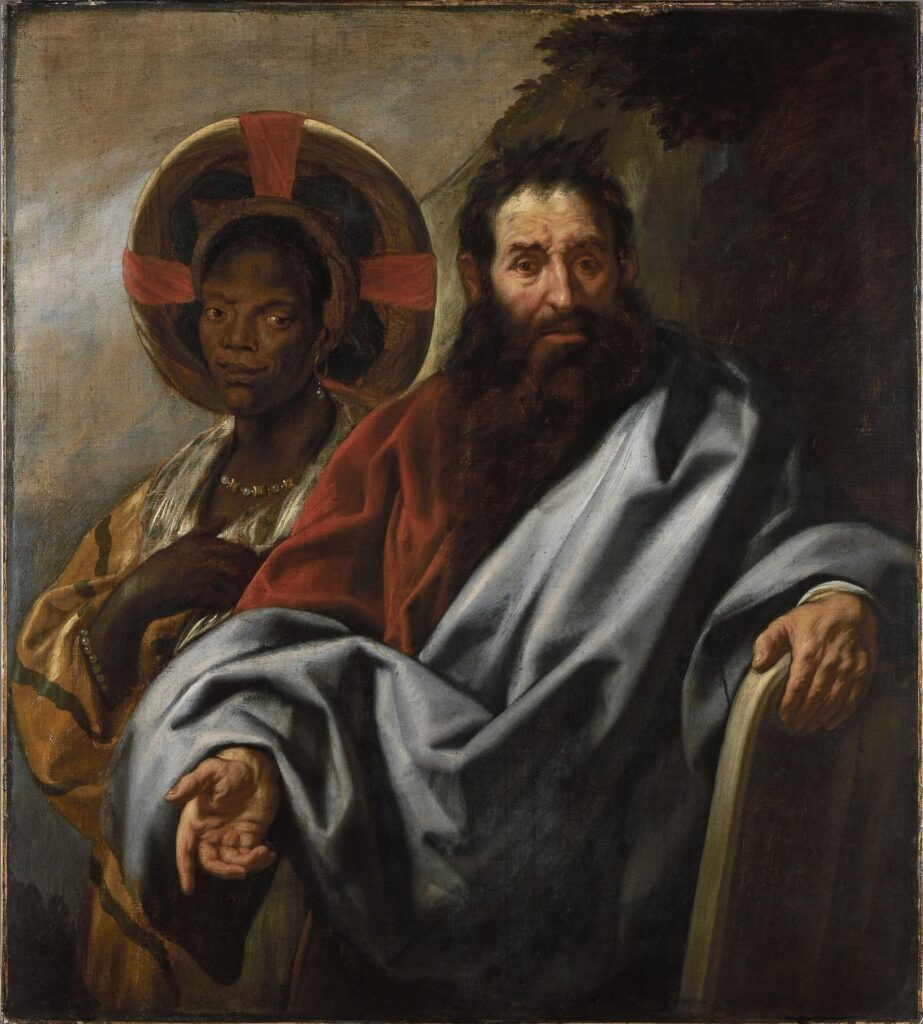
Jacob Jordaens the elder (Flemish, 1593‒1678), Moses and His Ethiopian Wife, ca. 1650, oil on canvas, 45 11/16 × 40 15/16 in. (116 × 104 cm). Rubenshuis, Antwerp, acc. no. S 095
Dr. Christopher Daly, who recently received his PhD in the history of art at Johns Hopkins University and is the 2021‒2024 David E. Finley Fellow at the Center for Advanced Study in the Visual Arts, National Gallery of Art, was the Robert and Nancy Hall Curatorial Fellow at the Walters in 2018‒2019, working closely with Joaneath. Here he publishes his research on a monumental tondo by the Master of the Fiesole Epiphany, which he worked on during his time at the Walters. Daly not only highlights the tondo’s importance as a rare addition to the slim corpus of monumental tondi depicting a sacra conversazione, but also considers the full body of work attributed to the artist, reattributing a group of paintings to a newly named artist, the Master of 1493. In illuminating a little-known artist and type of object, Daly’s essay follows on Joaneath’s example of rediscovering important works of art in Walters’ storage[7] and of further artist reattributions, such as her multi-year research into the monumental series of 15th-century Italian panel paintings owned by the Walters celebrated in the installation Paintings for a Venetian Palace and volume 74 of the Journal of the Walters Art Museum.[8]
Dr. Judith W. Mann, Senior Curator of European Art to 1800 at the Saint Louis Art Museum, offers a meditation on how still lifes painted on lithic supports redefine the relationship between the fiction of the painted image and the material world in which they exist. Starting with the Paintings on Stone: Science and the Sacred 1530–1800 exhibition that she curated in 2022, Mann contemplates how the use of stone supports “changes everything” in relation to the meaning of the painting on it. This offering speaks directly to many aspects of Joaneath’s output—not only exhibitions and installations, but also important purchases of artwork to expand the collection, and the ways in which a single artwork can spark not only an entire installation but also further questions worthy of pursuing.
Dr. Pamela H. Smith, the Seth Low Professor of History at Columbia University and Founding Director of the Center for Science and Society, takes as her starting point Joaneath’s essay “The Role of Art and Science at the Court of Rudolf II in Prague”[9] and revisits concepts of invention and creation in the making of Kunstkammer objects of the sixteenth and seventeenth centuries. Professor Smith additionally highlights moments of whimsy in the early modern period, especially book titles, and also the animal taxidermy that is important to the Chamber[10] as well as to the inventive, ingenious, and curious practitioners in the past.
In the fifth of our invited essays, the artist, writer, and naturalist James Prosek writes about his own interest in nature and the need to order it, exploring the ways in which Joaneath’s installation of the Chamber of Wonders at the Walters implodes orderly boundaries between art and artifact and opens the viewer’s perception. Like untold numbers of visitors to the museum over the decades, James has not yet met Joaneath in person but has come to know her, as much as one can, through her work.
This volume is blessed with a wide variety of notes, which are appropriate because for Joaneath Spicer, everything in the world holds both endless interest and potential. Five of the notes in this issue are additional offerings in honor of the breadth of Joaneath’s interests, which often expand beyond the realm of Europe into Asia and even into the ancient past.[11] The topics published here include tracing ancient Roman sculpture from the Renaissance to the present, the inspiration and artistry of the Viceroyalty of Peru, “spicy” humor of late medieval art, technical research on a painting that expands the artistic narratives of the collection, and a nuanced assessment of the impact that Joaneath’s exhibition Activating the Renaissance had on museum visitors. Two further notes are welcome additions: one on revolving Chinese vases that connects with Joaneath’s interest in ingenuity and clever devices, and another on nineteenth-century paintings by Jean-Léon Gérôme that brings us back to the deep studies of a single artist of the type with which Joaneath began her career.
It is, in a very literal way, impossible to summarize Joaneath as a colleague. She is a persistent, direct, and pioneering scholar, who is at once warm but demanding, on occasion in need of assistance yet also known to be incredibly helpful, a fierce defender and an exacting critic. A sometimes complicated individual, she also brings a sense of wonder and whimsy to all her endeavors, although one that is firmly rooted in the nuanced accuracy that comes from meticulous research. She is creative and quirky, sometimes sharing stories of her life that are inflected with magical realism. Every year on her birthday, Joaneath turns 57 years old. Joaneath is often enormously funny (usually intentionally), yet she can tell only three jokes, one of which is dirty. If Joaneath informs you that someone has offered the museum a previously unknown but vastly important Rembrandt painting as a gift, you should check the date, because it’s probably April 1. When you ask her about the most famous people she’s ever met, be prepared to be amazed. She speaks of each new project, every potential acquisition with palpable enthusiasm, creating a sympathetic communion with the piece and engaging her audience with its possibility. Joaneath sees the world through the filter not of rose-colored but of iridescent glasses, yet her favorite object at the museum is a humble but elegantly made mug from Classical Greece (fig. 3). She is a person who is interested in everything and has something to offer to any discussion, well beyond even the range of topics mentioned so far. And so, it is with love and admiration that we offer the contents of this volume to a woman who has given so much of herself to the museum and to the study of art.
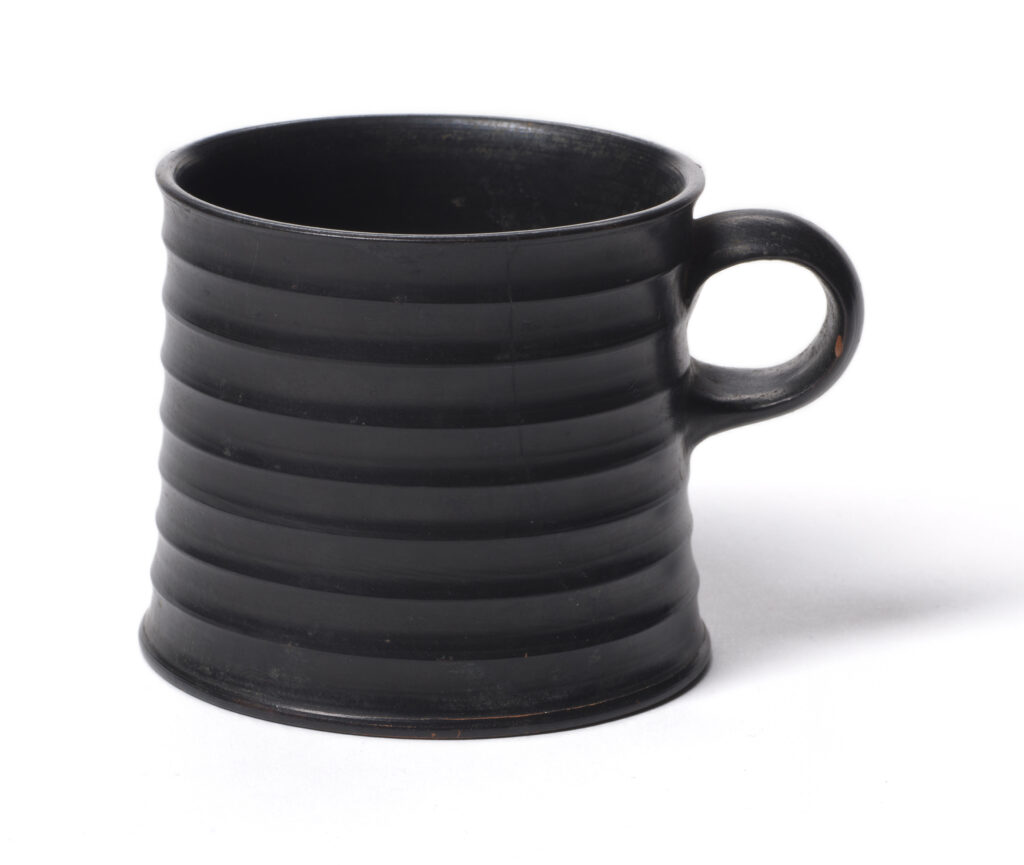
Unidentified Greek artist, Ridged Cup, second half 5th century BCE, glazed terracotta, 2 11/16 × 3 13/16 × 3 1/8 in. (6.8 × 9.7 × 8 cm). The Walters Art Museum, Baltimore, museum purchase, 1980, acc. no. 48.2446
Acknowledgments
The editors of this volume extend our deep appreciation to all of the authors who participated in the publication: Leslie King Hammond, Christopher Daly, Judith Mann, Pamela Smith, James Prosek, and all of the authors of notes. Thanks are also especially due to Hannah Prescott, Meredith Gill, Anthony Colantuono, Brooks Rich, Ellen Lupton, and Gabriella Sousa. Warm thanks are offered to the current and former Walters employees, especially Ellen Hoobler, Ashley Dimmig, Ani Proser, Anna Clarkson, Dany Chan, Earl Martin, and Jo Briggs, who contributed to the planning stages of this journal, including to this introduction.
[1] “The ‘Naer Het Leven’ Drawings: By Pieter Bruegel or Roelandt Savery?” Master Drawings 8, no.1 (1970): 3–82; and “The Drawings of Roelandt Savery, 1576‒1639” (PhD diss., Yale University, 1979).
[2] “The Renaissance Elbow,” in Jan Bremmer and Herman Roodenburgh, eds., A Cultural History of Gesture (Ithaca: Cornell University Press, 1992), 84–128.
[3] “Criteria for Breast Reconstruction Surgery: Another Viewpoint,” Annals of Plastic Surgery 6 (1995): 1–9.
[4] “The Exhibition: Lecture or Conversation?” Curator Magazine 37, no. 3 (1994): 185–97; and “Epilogue: Some Curatorial Thoughts on the Monographic Exhibition,” in Maia Wellington Ghatan and Donatella Pegazzano, eds., Monographic Exhibitions and the History of Art (London: Routledge, 2018), 302–308.
[5] See, for example, “Pontormo’s Maria Salviati with Giulia de’ Medici: Is This the Earliest Portrait of a Child of African Descent in European Art?” The Walters Members Magazine Summer 2001: 4–6; “Representations of Heliodorus’ Aethiopica in 17th-century European Art,” in Henry Louis Gates, Jr. and David Bindman, eds., The Image of the Black in Western Art, Volume 3, From the “Age of Discovery” to the Age of Abolition, Part 1: Artists of the Renaissance and Baroque (Cambridge, MA: Harvard University Press, 2010), 307–35; Revealing the African Presence in Renaissance Europe (Baltimore: The Walters Art Museum, 2012) and the eponymous exhibition 2012–2013 (with Princeton University Art Museum); and the installation Activating the Renaissance, 2022–2023, at the Walters Art Museum.
[6] Recent acquisitions expanding representations of people of African descent include workshop of Hyacinthe Rigaud (French, 1659–1743), Balthazar, ca. 1700, museum purchase, 2018, acc. no. 37.2938; prints from a series by Nicolas de Larmessin (French, ca. 1645–1725), especially Le Grand Roy Mono-Motapa, Dom Mateo Lopes, and L’Illustre et Magnifique Cherif Muley-Arxid, 1680s, acc. nos. 93.177–79; circle of Adriaen van Ostade (Dutch, 1610–1685), Black Youths Smoking in a Tavern, ca. 1630–1640, museum purchase, 2019, acc. no. 37.2941; workshop of Govaert Flinck (Dutch, 1615–1660), Portrait of a Young Black Woman, 1650s, museum purchase, 2021, acc. no. 37.2944; and Willem van Herp (Flemish, 1614–1677), Tavern or Brothel Owner on a Veranda with Two of Her Staff and a Client, ca. 1650s, museum purchase, 2023, acc. no. 37.2950.
[7] “An ‘Antique’ Brass ‘Candlestick in the Shape of Hercules’ by Peter Vischer the Younger and Workshop,” The Journal of the Walters Art Museum 63 (2005): 65–71.
[8] For Joaneath’s recent attribution of three monumental panel paintings from the Walters collection to Dario di Giovanni, see “The Abduction of Helen: A Monumental Series Celebrating the Wedding of Caterina Corner in 1468,” The Journal of the Walters Art Museum 74 (2019) with related essays and notes by Pamela Betts, Karen French, Glenn Gates, Eric Gordon, Janet Stephens, and others, published in conjunction with the 2019 installation Paintings for a Venetian Palace.
[9] “The Role of Invention in Art and Science at the Court of Rudolf II in Prague,” Studia Rudolphina: Bulletin of the Research Center for Visual Arts in the Age of Rudolf II 5 (2005): 7–16. See also “Referencing Invention and Novelty in Art and Science at the Court of Rudolf II in Prague,” in Ulrich Pfister and Gabriele Wimböck, eds., Novita: Neuheitskonzepte in den Bildkünsten um 1600 (Munich: Diaphanes, 2011), 401–24.
[10] The Walters was proud to host the Baltimore Taxidermy Open for several years in the Sculpture Court, which was curated by Joaneath, from which came some of the specimens in the Chamber. In addition to acting as a judge, Joaneath was the originator of the “Aldrovandi Sur-Prize,” awarded to examples of inventive taxidermy that would have fooled the Italian naturalist Ulisse Aldrovandi (1522–1605). The most recent winner of that prize was a “pygmy monoceros” created by Risa Reyes.
[11] See, for example, “The Shifting Identity of a Thai Buddha in Seventeenth-Century Europe,” in Henry Ginsburg and Will Noel, eds., A Curator’s Choice: Essays in Honor of Hiram Woodward = The Journal of the Walters Art Museum 64–65 (2006): 207–10; and “Donatello’s Reliefs of Adam and Eve, c. 1405: Mixing Inexperience with the Adaptation of a Roman Statuette Belonging to Ghiberti,” Proceedings of the Conference Donatello: Workshops, Patronage, Revival, 19–20 May 2023, forthcoming.
Editorial Board
Lisa Anderson-Zhu, Curator of Ancient Mediterranean Art and of Provenance and Volume Editor
Ruth Bowler, Director of Publication and Digital Production
Gina Borromeo, Senior Director of Collections and Curatorial Affairs and Senior Curator of Ancient Art
Adriana Proser, Mr. and Mrs. Thomas Quincy Scott Curator of Asian Art and Chief Curator
Julie Lauffenburger, Dorothy Wagner Wallis Director of Conservation, Collections, and Technical Research
Laurel Miller, Director of Visitor Experience
Theresa Sotto, Director of Learning and Community Engagement
Melanie Lukas, Copyeditor
Copyright 2024 Trustees of the Walters Art Gallery, 600 North Charles Street, Baltimore, Maryland, 21201
This volume was made possible through the support of The Andrew W. Mellon Fund for Scholarly Research and Publications, the Sara Finnegan Lycett Publishing Endowment, and the Francis D. Murnaghan, Jr., Fund for Scholarly Publications.
The redesign and digitization of the Journal was made possible by a grant from the Samuel H. Kress Foundation.
